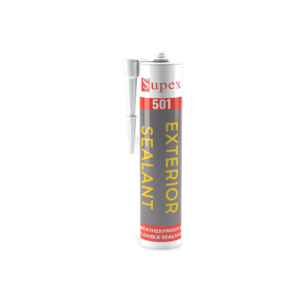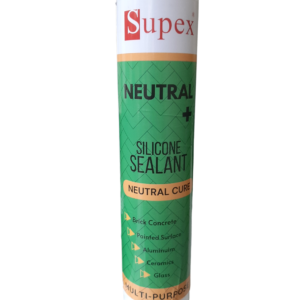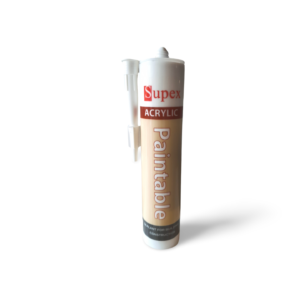Supex Duct Sealant
We offer best quality Duct Sealant to our clients. This adhesive is widely used for duct assemblies to prevent leakage of gas, water, and fluid from pipes. We offer this sealant in customer friendly packaging of cartridges and drums at affordable prices.
Supex water base duct sealant is a fast setting, elastomeric water base joint sealant for low medium & high velocity heating & air conditioning ducts. It has very good adhesion to galvanize, aluminum or mild steel metal ducts. It gives good flexible seal against air leakages and do not require reinforcing tapes or mechanical fasteners. it passes the flammability test as per ul94 hb class test.
Duct Sealant
Duct sealant is used to seal the gaps between duct and wall. A duct is the channel that carries cooled air from the air conditioning unit through your home, and can also remove warm or stale air. Ducts for central air conditioning can also be used for heating and filtering systems. Let’s look at some of the different types of ducts needed for air conditioning.
Flexible Ductwork
Flexible ducts are typically tube-shaped, made of a wire coil covered with a bendable, durable plastic, and surrounded by insulation. This kind of ducting is best in tricky spaces where rigid ducts are just not possible to install, or used to attach non-flexible ductwork to an air supply outlet. Like most central air conditioning parts, flexible ducts have specific installation requirements. For example, flexible ductwork needs to be secured and supported properly, ensuring little sagging or snaking. Kinks, bends, and turns also need to be minimized – these reduce air flow and could hamper the efficiency and effectiveness of the air conditioner. The advantages of flexible ducts are that they are fairly quick and easy to install, and often cost less than rigid ductwork. You can find out more about flexible ducts and their installation guidelines from the American Society of Home Inspectors.
Rigid Ductwork
They come in a variety of materials and sizes, and can be either cylindrical or rectangular. They are also often insulated. They are hardy, enduring, and reliable. The most common types of rigid ductwork are:
- Sheet metal ducts. These are the kinds of ducts you’ve seen in films – usually with an action hero crawling through them! Galvanized steel and aluminum are the most common materials for sheet metal ducts. Aluminum in particular is relatively light and easy to install. They are also the least likely to harbor dangerous molds or growths because they have non-porous surfaces.
- Fiberglass lined ducts. These are sheet metal ducts (like those described above) that have internal or external fiberglass lining. This type of duct is common in office and commercial buildings, as it dampens the sound of the air conditioner unit. However, the fiberglass in these ducts can deteriorate and eventually release fiberglass particles into the air – this is a major health concern, especially with long-term exposure. Fiberglass lined ducts are also difficult to clean for this same reason: the cleaning process can damage the lining and release fibers. These ducts can also become contaminated with molds and bacteria.
- Fiberboard ducts. Fiberboard is made from fiberglass strands that have been compressed and bonded with a resin, and then covered with a sheet of foil laminate to protect them from moisture. This type of duct is good for cooling and heating systems because it is well insulated by itself. However, it’s not recommended for ventilation because, like fiberglass-lined ducts, they can become a breeding ground for mold and mildew in humid climates. Also, because the surface is rough, they can also affect airflow and efficiency.
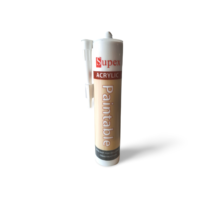
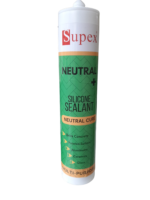
What is the Duct sealing technology?
HVAC Duct sealant is a soft compound like dough. It is designed for both ease of handling and installation, and was originally developed for HVAC purposes. Duct sealant is used to create a seal that blocks out moisture, dust, and air movement; it can also be used to block noise.
Methods Used for Duct Sealant
Professionals have different methods of performing duct sealing when you call on them. We’ll look at the two main methods that apply when they come to a home to fix a leaky ventilation system.
Flexible Duct Sealants
Duct sealant is a resin-based sealant that many duct repair technicians favour. It’s used in many types of construction and repair jobs for creating a flexible yet solid joint and to form airtight seals around fixtures such as windows and watertight seals around sinks and bathtubs. It adheres to almost any material, including duct board, making it useful for all types of ductwork. Sealant leaves behind a smooth surface after it dries, which means it provides little resistance to airflow inside ducts. It’s also waterproof, resists temperature extremes that affect ventilation systems, and will not cause corrosion over time to metal surfaces. Duct sealers will use a silicone gun to apply sealant to ducts.
Metallic Tapes
These are the true “duct tapes” used in professional duct sealing, and some technicians prefer them to sealants because they create an actual mechanical seal and tend to have greater longevity than resin-based sealant. Most of these tapes are made from foil because its lightweight. Metallic tapes have high metal resistance and many uses aside from ducts, and have proven their durability in other industries such as aerospace, transportation, and automotive.
Request a Consultation
Mobile / Whatsapp: +91 9699892782 Email: sales@supex.in

